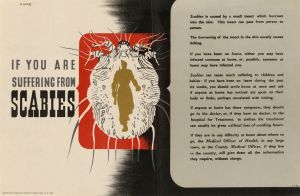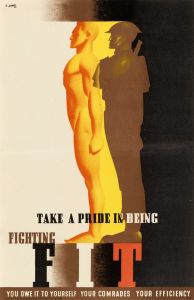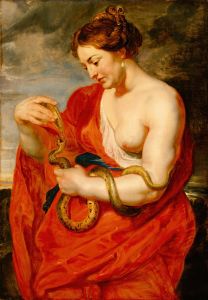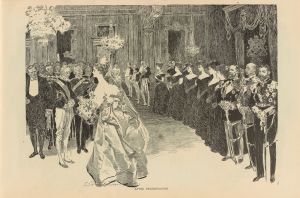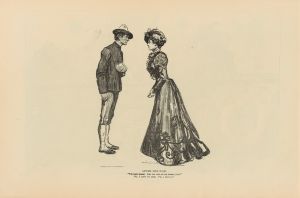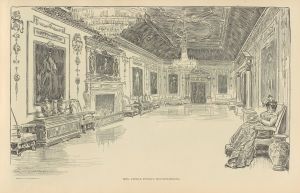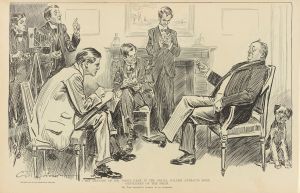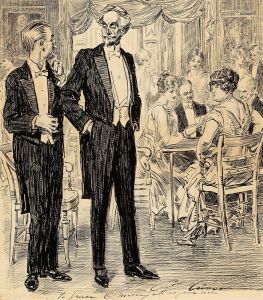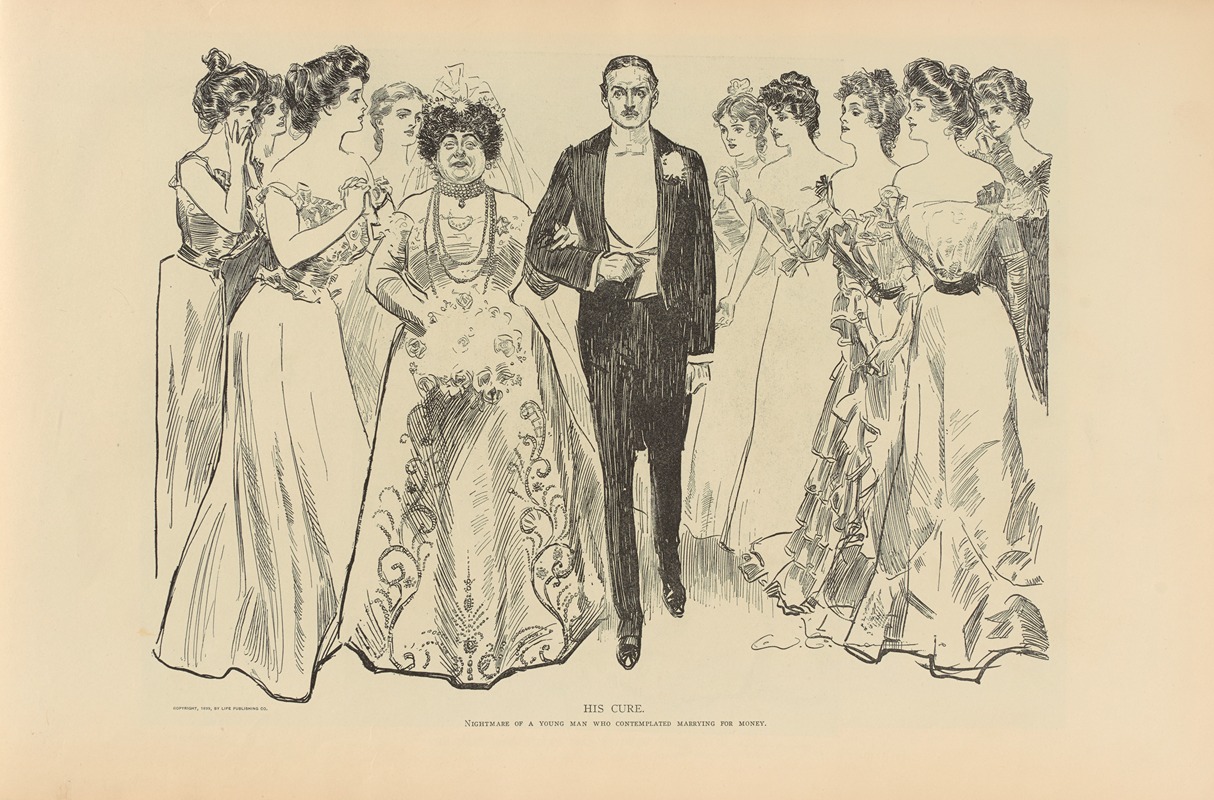
His cure
A hand-painted replica of Charles Dana Gibson’s masterpiece His cure, meticulously crafted by professional artists to capture the true essence of the original. Each piece is created with museum-quality canvas and rare mineral pigments, carefully painted by experienced artists with delicate brushstrokes and rich, layered colors to perfectly recreate the texture of the original artwork. Unlike machine-printed reproductions, this hand-painted version brings the painting to life, infused with the artist’s emotions and skill in every stroke. Whether for personal collection or home decoration, it instantly elevates the artistic atmosphere of any space.
Charles Dana Gibson was an influential American illustrator, best known for creating the iconic "Gibson Girl," a representation of the idealized American woman at the turn of the 20th century. His work was widely published in magazines such as Life, Scribner's, and Harper's, and he became one of the most celebrated illustrators of his time. Among his many works is the illustration titled "His Cure."
"His Cure" is a black-and-white illustration that exemplifies Gibson's characteristic style, which combines detailed line work with a keen sense of social commentary. While specific details about the creation date or the publication context of "His Cure" are not widely documented, it is consistent with Gibson's broader body of work that often explored themes of gender roles, societal norms, and the dynamics between men and women during the late 19th and early 20th centuries.
The illustration typically features a scene that captures a moment of interaction between characters, often with a humorous or ironic undertone. Gibson's work is known for its ability to convey complex social narratives through simple yet expressive imagery. His illustrations often depicted the social elite and were reflective of the cultural attitudes of the time, particularly in relation to class and gender.
Gibson's "His Cure" likely follows this pattern, presenting a vignette that invites viewers to consider the social dynamics at play. The title itself suggests a narrative of healing or resolution, possibly hinting at a humorous or satirical take on a situation involving the male character. Gibson's illustrations frequently included the "Gibson Girl," a character that embodied independence, beauty, and confidence, often juxtaposed with male counterparts who were portrayed as either bemused or captivated by her presence.
The impact of Gibson's work, including pieces like "His Cure," extends beyond their immediate visual appeal. His illustrations played a significant role in shaping public perceptions of gender and class during a period of significant social change in America. The "Gibson Girl" became a cultural icon, influencing fashion, literature, and even the emerging feminist movement by presenting a new image of womanhood that was both aspirational and relatable.
While specific details about "His Cure" are limited, it remains a part of Charles Dana Gibson's legacy as a master illustrator whose work captured the spirit of an era. His ability to blend artistry with social commentary ensures that his illustrations continue to be studied and appreciated for their historical significance and artistic merit.





